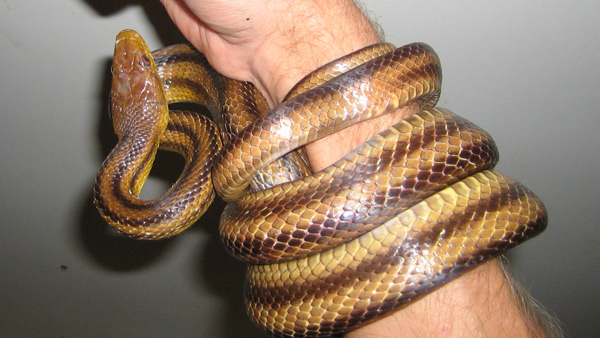- info@wildlifeanimalcontrol.com
Call us for help in your town
Wildlife Control Education
Do snakes have any bones?
It is normal to wonder if snakes have bones since they are so flexible. However, contrary to popular belief, snakes are vertebrates which means that they actually do have bones.

The backbone of a snake is made up of vertebrae which are attached to ribs. While humans have 33 vertebrae and 24 ribs, snakes have somewhere between 200 and 400 vertebrae with as many ribs attached. Having this much is what makes them so flexible and helps them move along easily. All those bones in a snake as well as its strong muscles protect its internal organs. Snakes can contain more than 300 bones, depending on the snake’s size and its species. However, snakes have not many types of bones such as the jawbone, skull and the backbone.
The backbones of snakes are flexible. It is ready up of vertebrae and skulls, ribs, plus jawbones by teeth. Each vertebrae has two ribs attached to it, except the tail/end which has no ribs. To lock the vertebrae in position while allowing for elasticity, there are bony outcrop of the vertebrae in together the facade and the rear of the back-bone.
Learn more: Where to relocate a trapped snake
The ribs of snakes have free ends; they do not join. This will allow either growth for ingesting a large prey, or compression in a little species. Since there is no breastbone, this allows the snake to swallow its prey in a better way.
There are highly specialized jawbones that are slackly fond of to the skull through stretchy ligaments. This helps the snake to confine its prey and ingest it, even if the prey is larger than the mouth. We can find 4 parts of jaw/elements that can move each individually. This allows the snake to open wide vertically as well as sideways. The junior jaw stretches away since the skull, and this allows the snake to ingest different preys that are larger than its head. The skeleton at the face of a snake’s jaw are not merged together, which means that as it swallows its prey, the snake moves its jaws alternately on every side. This will make the prey as if it is walking into the snake’s mouth.
The pythons as well as the boa have leftovers of back legs. They are known as PS-pelvic/spurs. They also have little inner bones in the PA/pelvic area. These spurs are either little or not present in females while they are developed in males. Males can control them and utilize them during courtship to grasp the females.
Go back to the How to get rid of snakes home page.
Need snake removal in your hometown? We service over 500 USA locations! Click here to hire us in your town and check prices - updated for year 2020.

















